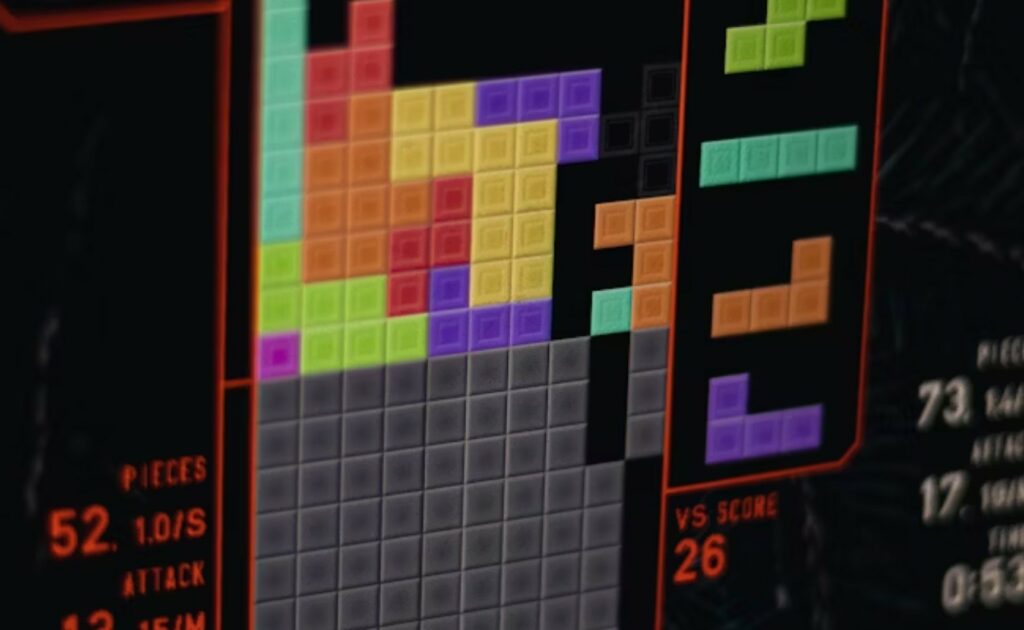
First released in 1984 by Russian programmer Alexey Pajitnov , Tetris quickly became a global phenomenon. Born as digital entertainment, the puzzle game has captivated hundreds of millions of people worldwide, becoming one of the most iconic titles in video game history . But behind its apparent simplicity lies a complexity that has inspired decades of mathematical and computer science studies, even challenging the theoretical limits of computation.
In 2003, a group of researchers at the Massachusetts Institute of Technology (MIT) demonstrated that determining whether it is possible to completely clear the game screen, given certain conditions, is equivalent to solving a classic mathematical problem known as the three- partition problem.
This belongs to the category of NP-complete problems, among the most computationally complex. In this correspondence, the voids generated in the playing field can be assimilated to numerical subgroups, while the falling pieces represent the elements to be distributed.
To understand the significance of this discovery, we need to look at complexity theory, a branch of mathematics and computer science that classifies problems based on their level of difficulty. “P” problems can be solved in a reasonable amount of time by a conventional computer, while “NP” problems require much longer, yet allow for rapid verification of solutions. NP-complete problems are the most difficult, because every other NP problem can be reduced to one of them. The MIT result therefore confirmed that deciding the solveability of a Tetris game falls into this category of extreme difficulty.
The question didn’t stop there. In 2004, two scientists from Leiden University, Hendrik Jan Hoogeboom and Walter Kosters, took the research further. Analyzing a simplified variant of the game, consisting exclusively of the “I” piece, they demonstrated that, even with unlimited computing resources, it’s not always possible to definitively determine whether a configuration will clear the playing field. The problem, in fact, is linked to fundamental concepts of mathematical logic, specifically Kurt Gödel’s incompleteness theorem, according to which there are statements that can neither be proved nor disproved.
Beyond the theoretical issues, Tetris continues to surprise on a practical level as well.
In recent years, new gaming techniques have allowed players to surpass levels once considered unbeatable. A striking example occurred in 2023, when a thirteen-year-old reached level 157 using a technique called “rolling,” causing the program to crash and setting a record. Until recently, level 29 was considered the maximum level a player could reach.
More than 40 years after its debut, Tetris remains a unique case: a video game that, in addition to entertaining generations of users, has helped raise new questions about the boundaries of calculation and mathematical knowledge.
Follow us on Google News to receive daily updates on cybersecurity. Contact us if you would like to report news, insights or content for publication.
